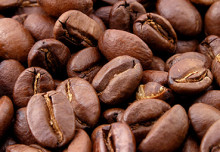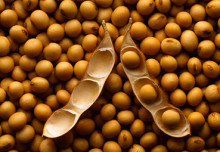Corn, also known as maize, is one of the most popular cereals in the world.
Maize is an important food source for animals and humans, but its uses are diversifying more and more.
MAIN APPLICATIONS
Animal Food
In Canada and the U.S., maize is mainly used as feed for livestock.
Human consumption
Human consumption of maize is an essential element of the diet of many regions and the main ingredient for the preparation of foods.
Biofuel
The search for innovative and viable alternatives to oil has led to an increasing demand for corn for the production of biofuels, especially ethanol.
Industrial Uses
A grain of wheat is increasingly used to produce biomaterial, as a result of the trend toward alternative lifestyles and more environmentally friendly. Can be used to produce plastics and fabrics.
THE MARKET OF MAIZE
The trade of the corn futures market takes place on the Chicago Board of Trade (CBOT).
The factors that affect the price of maize are:
Climate
Some of the most significant fluctuations in the price of maize are caused by weather conditions. The climate can offer an explanation to some cyclical trend in maize prices during the year.
Pests and diseases
Can have a strong impact on crops. Their spread can be affected by climate.
Demand for new consumers
Demand from emerging markets is a significant factor in the long-term price trend.
Demand for ethanol
The ethanol market, rapidly expanding in the U.S., has become a primary factor in the demand for corn. The ethanol is used in gasoline at low concentrations as an additive and some cars specially modified can operate with even very high concentrations.
Prices for other agricultural commodities
Corn, soybeans and wheat are common in many applications and can act as substitutes for each other. The greater demand can therefore push up the price of the other.
Seasonality
Demands for maize is very high between September and November, when the cattle have the greatest need to be fed.






 English
English Italiano
Italiano